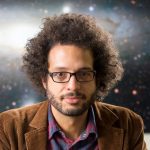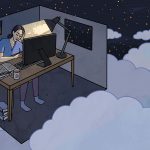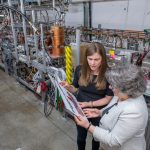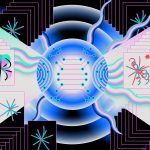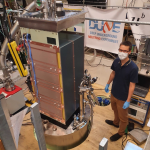Author Archive
A group of U.S. national laboratories, including Fermilab; publishers; journals and other organizations, is making it easier for researchers to update their names on past publications.
What if human analysis, combined with machine learning, could advance the study of the universe? The U.S. Department of Energy awarded Fermilab scientist Brian Nord a $2.5 million Early Career Research Award to explore that possibility. Nord has envisioned a new hybrid data-analysis method to undertake the project. It integrates the strengths of artificial intelligence and interpretations of statistics in ways that could potentially advance the studies of cosmology.
The National Contract Management Association has awarded L.L. “Po” Collins, Fermilab’s director of special projects and former acquisition officer, its Outstanding Fellow Award. She received the award for over 30 years of contributions, achievements and ethics in her field.
This spring testing wrapped up at the PIP-II Injector Test Facility, or PIP2IT. The successful outcome paves the way for the construction of PIP-II, a new particle accelerator that will power record-breaking neutrino beams and drive a broad physics research program at Fermilab for the next 50 years.


